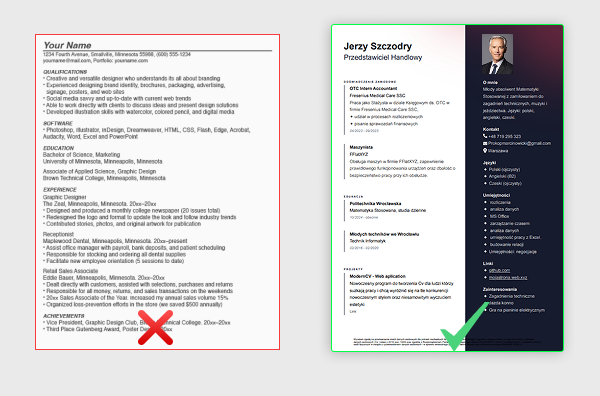Contents

ATS in Recruitment: Not as Scary as It Seems

How do I beat the ATS system?" That’s a question job seekers ask all the time—usually due to a lack of understanding about how these systems actually work. But here’s the truth: understanding how to work with an ATS is far more effective (like 50x more!) than trying to “trick” it. 😄
What is an ATS, Anyway?
In simple terms, an Applicant Tracking System (ATS) is a tool used by recruiters to filter and organize job applications. It helps identify candidates who closely match the job description. Some companies use ATS for the initial screening process, while others have HR professionals review applications manually.
Despite its usefulness, the ATS is often misunderstood and even feared. There’s a whole world of online myths and conspiracy theories—like using white text filled with keywords to “game” the system.
Spoiler alert: that doesn’t work.
Let’s break things down and look at how to optimize your resume for ATS—no tricks, just facts.
5 Ways to Make Your Resume ATS-Friendly
1. Use Relevant Keywords
One of the most important things you can do is include keywords that match the job description. These keywords often refer to skills, job titles, tools, or certifications mentioned in the listing.
⚠️ Don’t lie. If you don’t have a certain skill, don’t list it. It’ll become obvious in the interview—or worse, on the job.
2. Keep Your Resume Simple and Structured
The ATS reads your resume like a machine (because it is one). You can use fancy layouts, but you should avoid images or tables.
3. Always Submit Your Resume as a PDF
Submitting your resume as a PDF ensures the layout stays intact across all devices and systems. Plus, PDF files are typically compatible with ATS software—as long as the file is text-based and not an image.
🚫 Avoid submitting scanned images or photo files of your resume. The ATS will see a blank page.
4. Don’t Rely on Graphics to Convey Key Information
The ATS can’t “see” images or interpret graphics. That means if you use icons for company names, logos instead of text, or graphical skill bars (like progress meters), those details might be ignored.
Make Your Resume Easy for Recruiters to Read
Remember, your resume not only needs to be ATS-friendly, but also easy for a recruiter to read and understand. To test its clarity, show it to someone else and ask if it reads well. A good applicant tracking system should make reviewing resumes simple—and your resume should support that process, not make it harder











